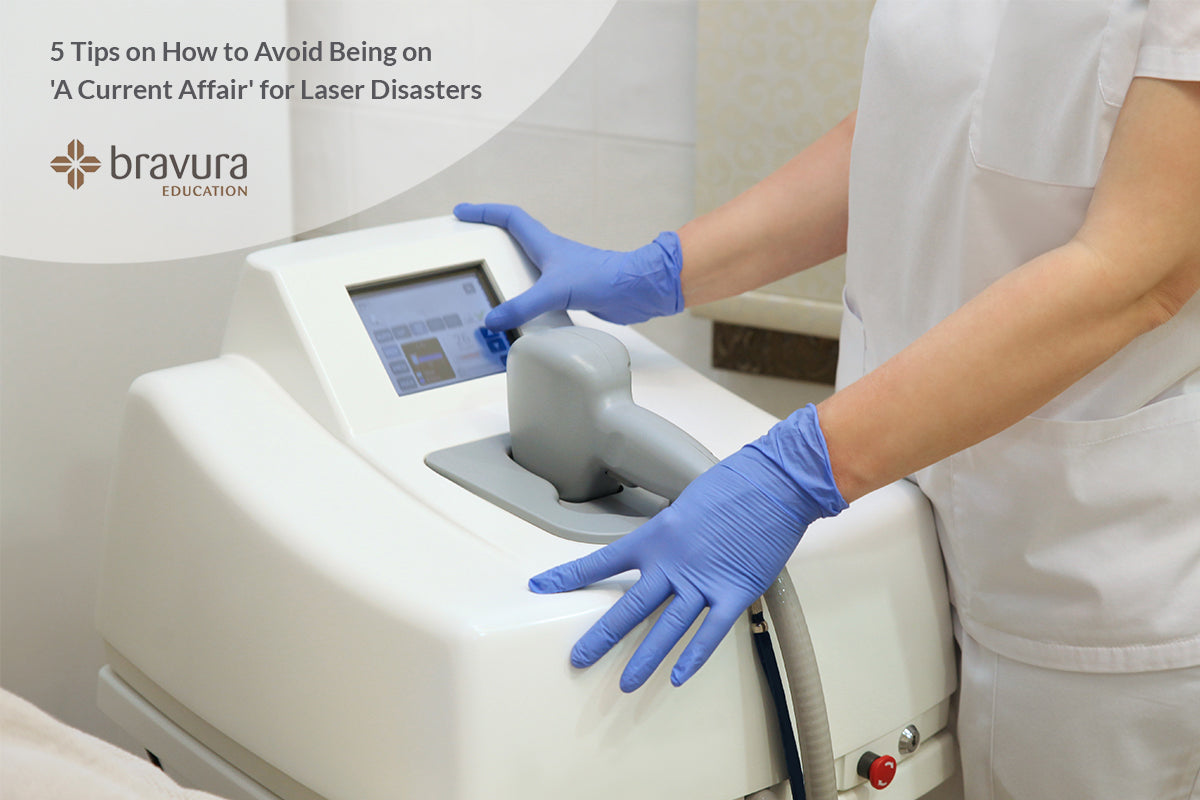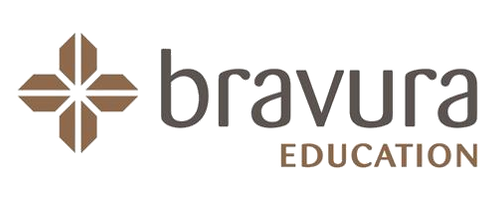
5 Tips on How to Avoid Being on 'A Current Affair' for Laser Disasters
While some of you out there may dream of being on television (I know I have), one show we don’t aspire to be on is A Current Affair… for laser burns!!! There are several ways we can make sure we don’t end up on there:
- You all know I am a strong believer in education, so rule Number One. Make sure you have done your Beginners Online Laser/IPL Safety Course. This certificate will help you understand the science of light, laser and IPL systems, national and state standards and regulation, how light interacts with the skin and hair and the key safety issues you need to be across before you perform treatments. It covers the minimum certification required by the Australian Standards and to help get insurance coverage.
If you are completely new to the industry, the Advanced course, to further your skills and understanding is also recommended This course is specific to the common types of things you would be treating including what wavelengths/laser or IPL to use, how to prepare the client, what to look out for, how to determine what and how you'll treat and post care arrangements. It covers hair reduction, vascular conditions, pigmentation disorders, resurfacing and rejuvenation, tattoo removal and PDT. It has information on preventing and managing adverse events. With these two courses you are well on your way to being on the television show of your own choosing!!
- Understand your machine so you are in control and aware of the settings and what they can and can't do. There are more than a thousand different types of machines on the market, each with their own unique settings. Your supplier and/or employer will give you training in the specifics of your machine because like cars, they are all unique with each brand and model, a Ford Fiesta will get you from A to B as will an articulated semi-trailer, but are they really driven the same way? (Think reversing!) The settings within a machine are the key difference between results and burns, so it is crucial you understand the screen, settings, "beeps" and what each button is for before treating.
- When you meet your clients, take the time to educate them during a consultation about things such as tanning and medication so that you can be sure when they arrive to their appointment, they can proceed safely. For example, Your client might have had a spray tan a week ago and ‘scrubbed it all off’ so when you ask her if she has had any recent tanning, she replies with ‘no’ unfortunately for the both of you, certain ingredients in a spray tan sit below the skin as well as on the surface so it looks like it is all gone, but as you fire the laser, the light is attracted to anything that is dark, including that pigment from the tan sitting under the skin. OOPS BURN! Taking the time to educate during a consultation is the key to a lasting relationship with your client as well as their education for their course of treatments with you.
- Test patch! Have you ever tried something new and realised it wasn’t for you a little too late? Like a make-up or face mask? Maybe you wish you had of tried it first, before slathering it all over your face? The same rule should apply for first-time clients with IPL/laser. During your consultation process, it is advised to do a test patch on the desired area for safety. This will rule out any adverse reactions and also give the client an understanding of what the treatment feels like and what downtime (if any) they can expect.
- Don’t set up shop with a machine from eBay or Gumtree and a bunch of girlfriends in your back room. This is an easy way to start, sure, but in no way sustainable or safe. Do your research and take your time. Make a commitment to be exceptional. Machines can start at the $70,000 mark and go up to the around $250,000 so this is an investment, not an impulse decision.
Maybe we'll see you on Love Island rather than A Current Affair?
Post Disclaimer
This blog post has been vigilantly researched and fact checked to ensure that it is accurate, reliable and up to date. You must keep in mind that errors and omissions may occur and that we welcome any feedback or corrections in this regard. We encourage you to do your own research to verify the accuracy and contemporary nature of the information presented.
